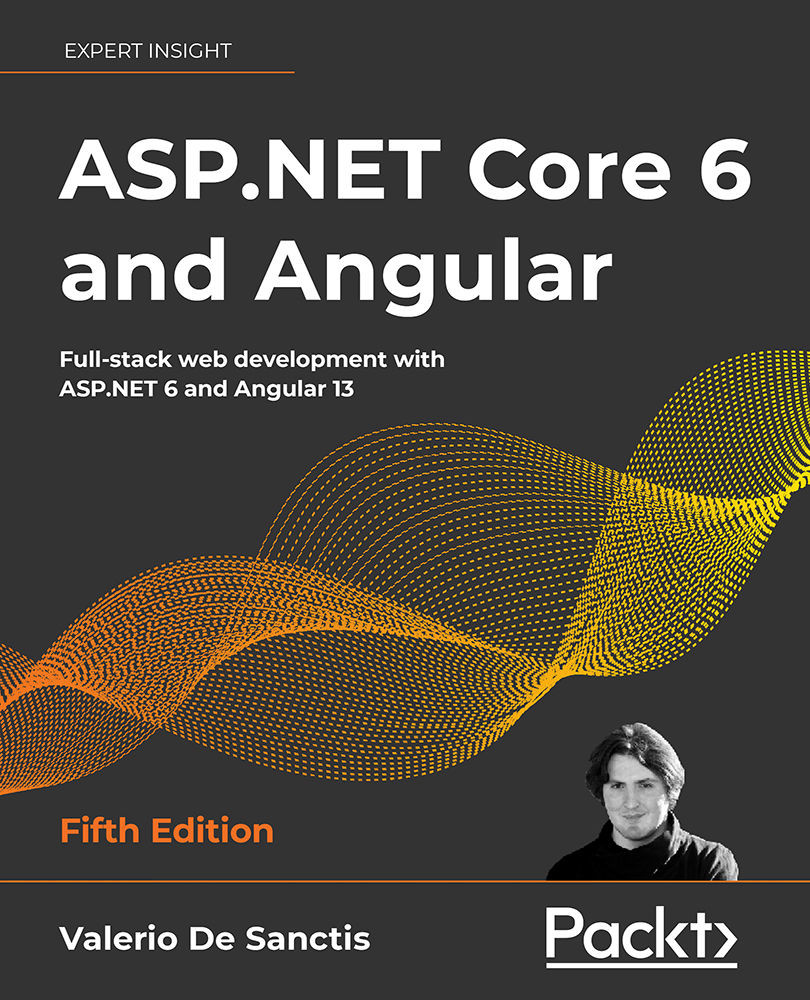Now that we have our raw data source, we need to find a way to make it available to our web application so that our users will be able to retrieve (and maybe alter) the actual data.
For the sake of simplicity, we won’t waste our precious time by introducing the whole data model concept, as well as the various meanings of these two words. Those of you who are experienced, as well as seasoned developers, will probably be aware of all of the relevant stuff. We’ll just say that when we are talking about a data model, we don’t mean anything more or anything less than a lightweight, definitely typed set of entity classes representing persistent, code-driven data structures that we can use as resources within our Web API code.
The word persistent has been used for a reason; we want our data structure to be stored in a database. That’s rather obvious for any application based on data. The brand-new web application we’re about to create...



 Free Chapter
Free Chapter
